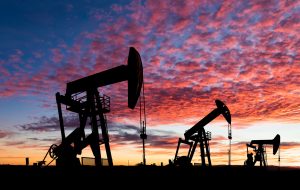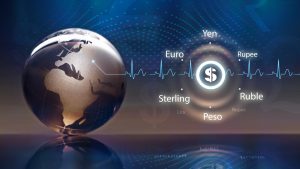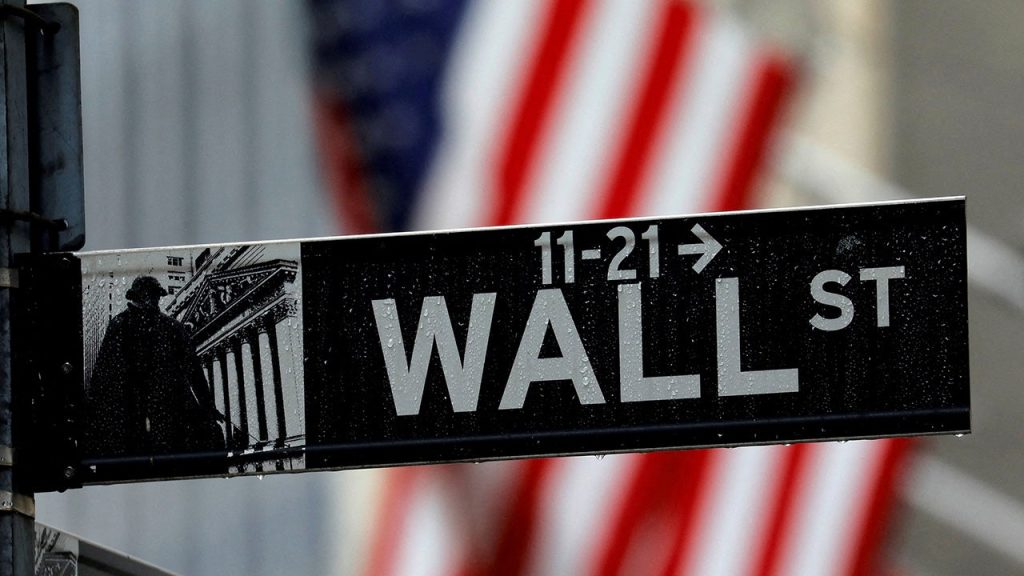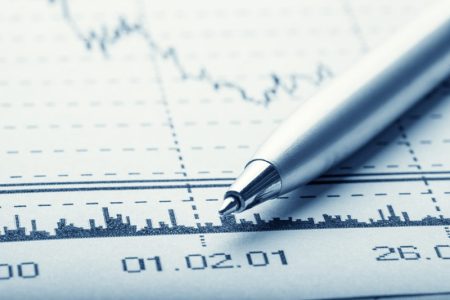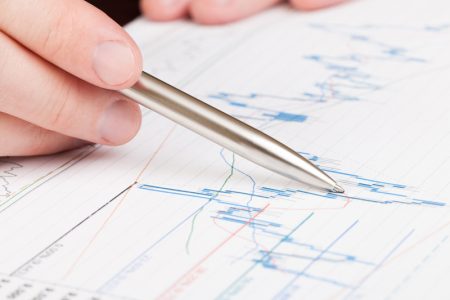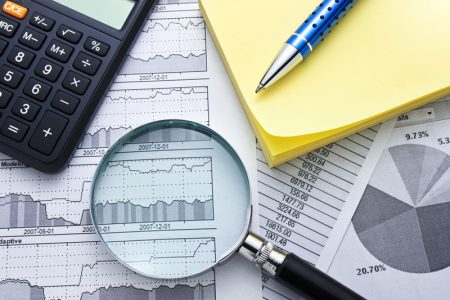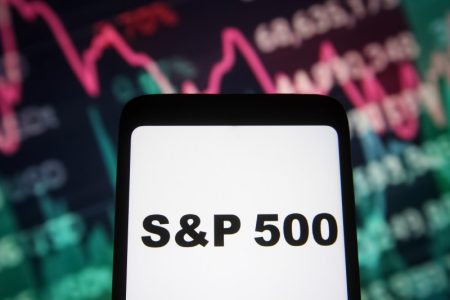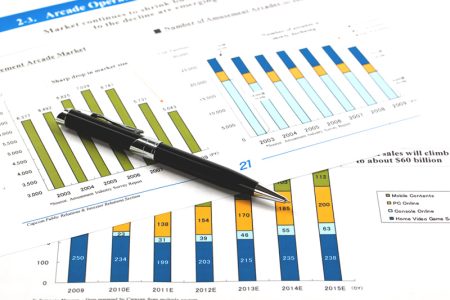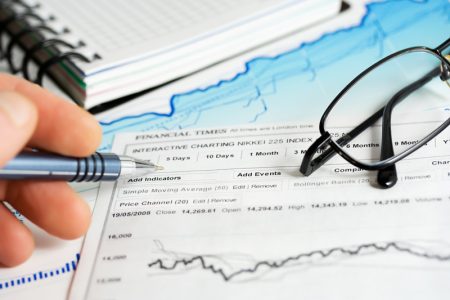The U.S. economy has a better chance of skirting a recession next year than previously believed, according to Goldman Sachs strategists.
In a Tuesday analyst note, Goldman economists led by Jan Hatzius lowered their probability of a recession starting in the next 12 months to 15% from an earlier 20% forecast, citing cooling inflation and a surprisingly resilient labor market.
“First, real disposable income looks set to reaccelerate in 2024 on the back of continued solid job growth and rising real wages,” Hatzius said. “Second, we still strongly disagree with the notion that a growing drag from the ‘long and variable lags’ of monetary policy will push the economy toward recession.”
On top of that, the Goldman economist believes the Federal Reserve is “done” raising interest rates as unemployment rises, wage growth slows and core inflation continues to moderate.
CREDIT CARD DEBT RISING IN DOUBLE-EDGED SWORD FOR THE ECONOMY
“On net, our confidence that the Fed is done raising rates has grown in the past month,” Hatzius said. “That said, Fed officials are unlikely to move quickly toward easier policy unless growth slows more than we are forecasting in coming quarters. We therefore expect only very gradual cuts” beginning in the second quarter of 2024.
Goldman acknowledged that its outlook is “substantially more optimistic” than many other forecasts, including a Bloomberg consensus of 60%.
The note comes about one month after the government reported that the consumer price index, a broad measure of the price for everyday goods, including gasoline, groceries and rents, rose just 0.2% in July. Prices climbed 3.2% on an annual basis, marking the first acceleration in a year and underscoring the challenge of taming high inflation.
MOODY’S DOWNGRADES US BANKS, WARNS OF POSSIBLE CUTS TO MAJOR LENDERS
Other parts of the report also pointed to a slower retreat for inflation, despite the Fed’s aggressive tightening campaign. Core prices, which exclude the more volatile measurements of food and energy, climbed 0.2%, or 4.7% annually — more than two times higher than the typical pre-pandemic level.
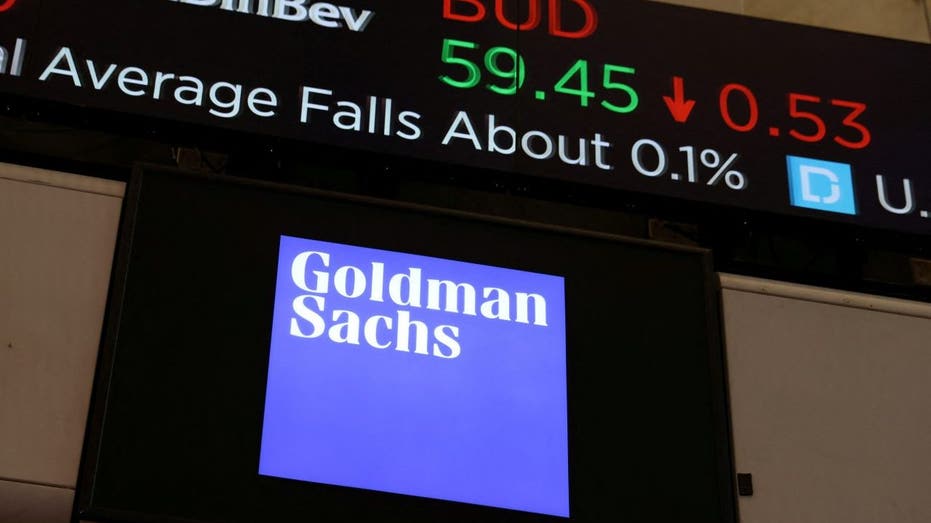
Fed policymakers have raised interest rates sharply over the past year, approving 11 rate hikes in hopes of crushing inflation. In the span of just one year, interest rates surged from near zero to above 5%, the fastest pace of tightening since the 1980s. Officials have signaled that additional rate hikes are on the table this year until there is more substantial evidence that high inflation has retreated for good.
Hatzius said a September rate increase is “off the table” and the threshold for a November hike is “significant.”
Hiking interest rates tends to create higher rates on consumer and business loans, which then slows the economy by forcing employers to cut back on spending. Higher rates have helped push the average rate on 30-year mortgages above 7% for the first time in years. Borrowing costs for everything from home equity lines of credit to auto loans and credit cards have also spiked.
The labor market has proved surprisingly resilient despite higher interest rates, although there are signs it is beginning to soften. Employers added just 187,000 new workers in August, while the unemployment rate unexpectedly jumped to 3.8% — the highest level since February 2022.
Read the full article here

